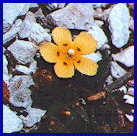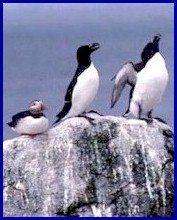ü 2.7 miles*1.7 miles (4.3 km*2.7 km)
ü 84 inhabitants
ü highest point: 629 ft (192 m)
ü 3.4 miles (5.5 km) of road and tracks
ü 9 miles (14.5 km) from Clare Island
ü 9 miles (14.5 km) from Inishbofin
ü 8.5 miles (13.7 km) from Roonagh Quay, Co. Mayo
ü 11 miles (17.7 km) from Cleggan, Co. Galway

